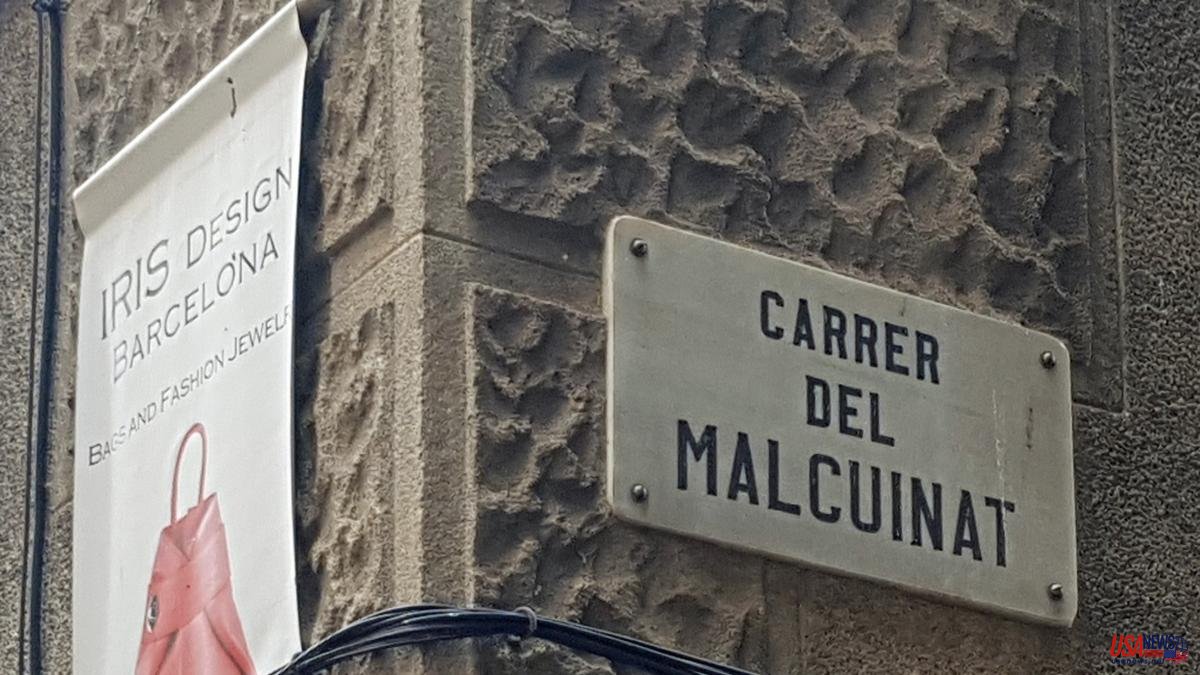A small, narrow street connects the Fossar de las Moreres with the Pla de Palau. It is known by the strange name of Malcuinat, which recalls that in that place a smelly stew was cooked made with leftovers, viscera and bones that was sold for very little money and was consumed by the most disadvantaged classes. It was a kind of ancestor of the today popular dish of the Catalan cuisine of cap i pota.
The malcuinat was not what we would define today as a delicacy. It was cooked directly on the street and in various parts of the city, but it has been next to the Fossar where its memory has remained in the gazetteer. For centuries, it was a depressed and maritime neighbourhood, where a population submerged in poverty lived badly, in which there were many unemployed sailors, and the malcuinat was a concoction always at hand to stave off hunger from time to time.
Calle del Malcuinat was also characterized for a long time by being covered by a bridge that linked the royal palace that was in front of the Customs building with the church of Santa Maria del Mar. The remains of this walkway survived until the end of the decade of 1980, when the Fossar de les Moreres underwent a profound reform. By then, the royal palace was no more, destroyed in 1875 by fire.
Initially, the royal palace was in the fourteenth century a market and warehouse for goods that arrived at the port. Over the years, it underwent various reforms and extensions until, in the mid-17th century, it was converted into the viceroy's palace. The bridge was built in 1700 so that the king's representative could attend religious services directly. After the War of Succession and the fall of Barcelona in 1714, the position of viceroy was abolished and the building became the residence of the captain general, until it was transferred to the old Mercè convent.
Although the palace served at some point to house Archduke Charles of Austria, Philip V's rival for the throne of Spain, and also King Charles IV in 1802, it was not conditioned as a royal palace until 1864, taking advantage of a visit by Elizabeth II. To Barcelona. Its actual use was however short-lived due to the flames only 11 years later.













